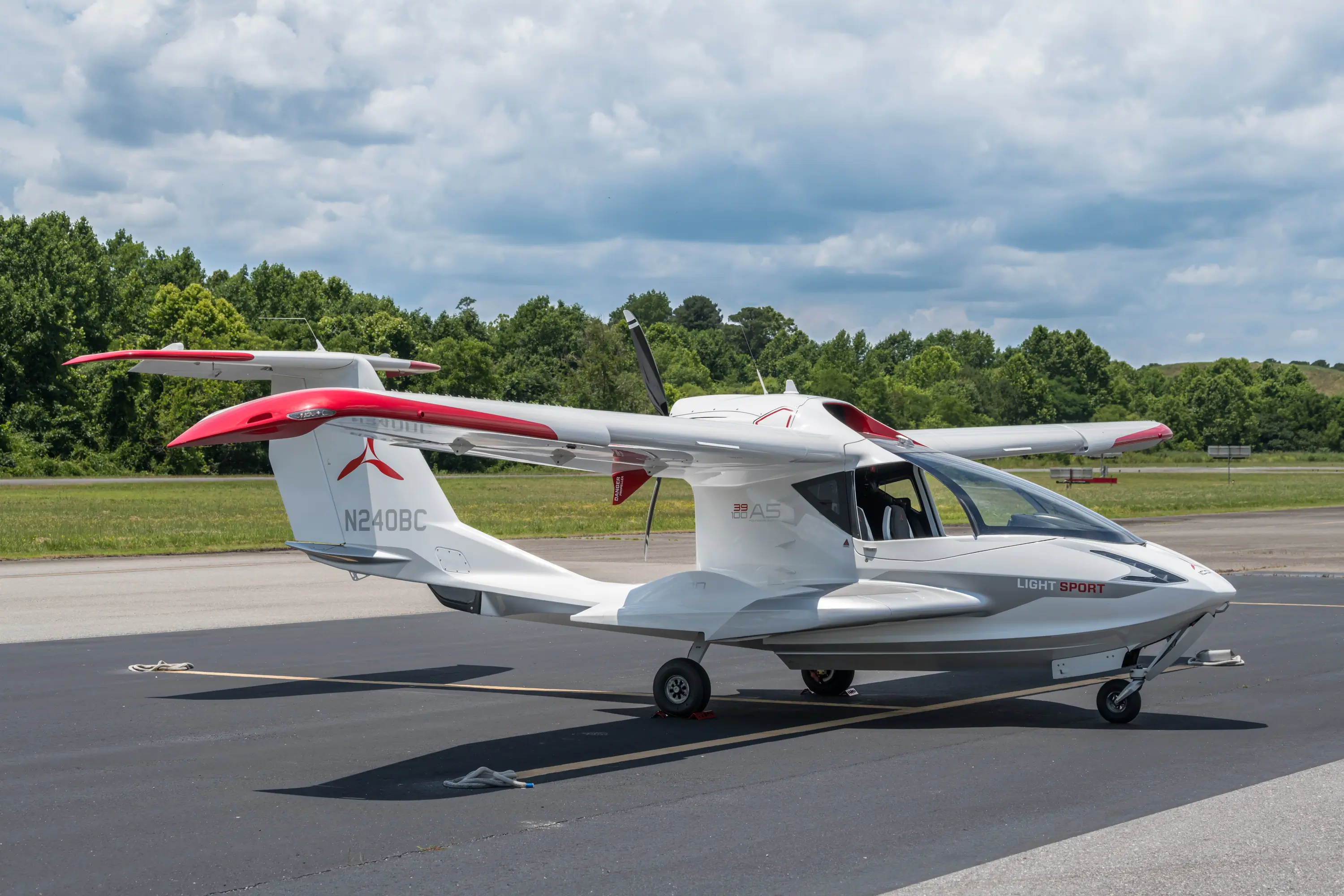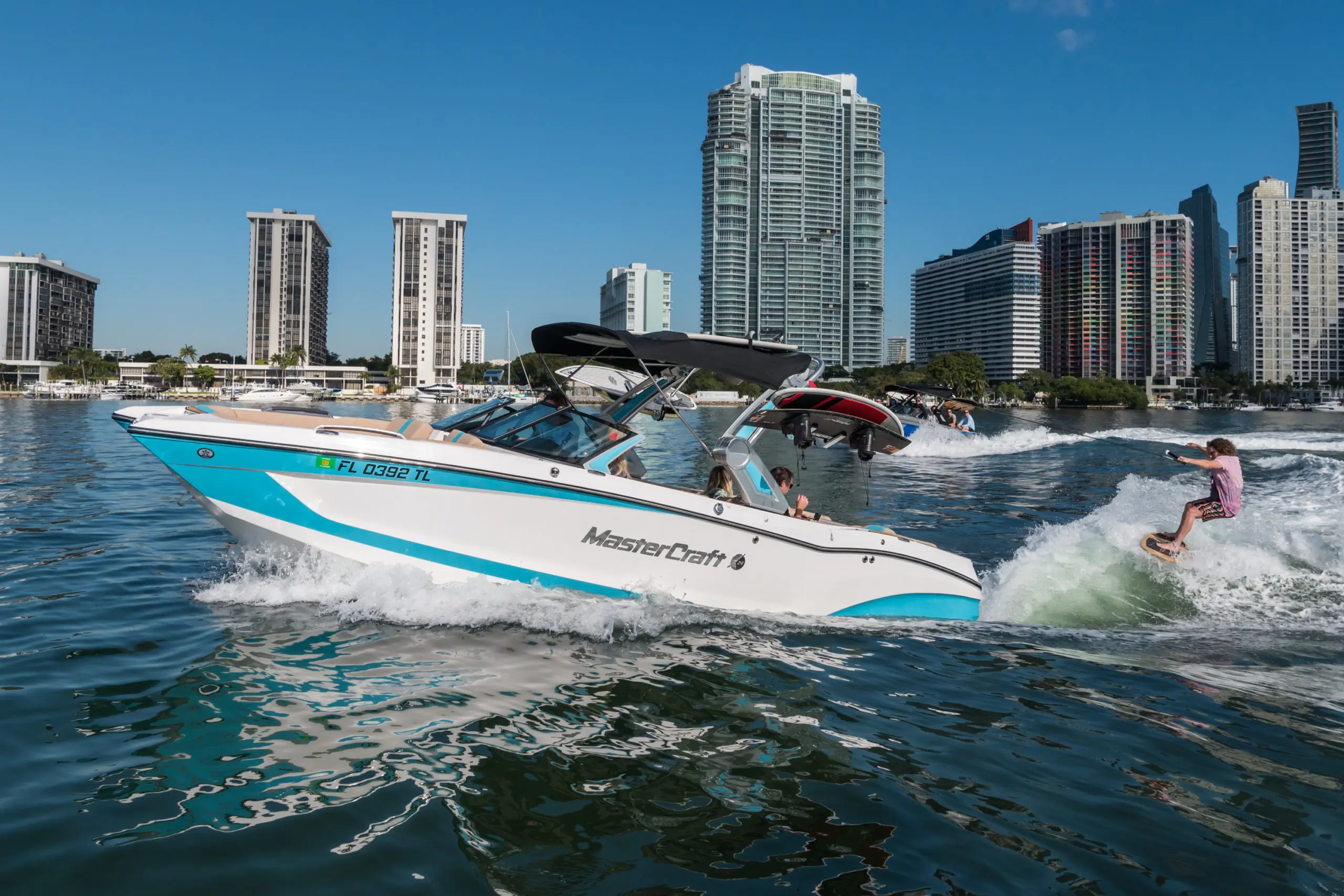While not quite the flying car of the future we were promised, the Icon A5 is pretty close. It’s a tiny lightweight plane that can land on the ground and on the water, has folding wings that allow it to be trailered down the highway, and has easy-to-use controls. Oh, it also doesn’t require as rigorous a license as most aircraft.
I was lucky enough to have Icon Aircraft invite me down to Williamsburg, Va., to experience its impressive flying, floating machine firsthand. It was my first time at the controls of an aircraft and my first time experiencing water landings and takeoffs.
Short story, it was rad! Check out the “In the Field” video below. Scroll down for even more details on this aircraft and my experience at the controls.
- Price: $400,000+
- Engine: Rotax 912 (100 hp)
- Draft: 2.5 ft. (w/landing gear down)
- Takeoff distance: Runway, 640 ft. / Water, 840 ft.
- Landing distance: Runway, 590 ft. / Water, 700 ft.
- Weight: 1,080 lbs. dry (1,510 lbs. max takeoff)
- Options: Autopilot, color, enclosed trailer, inflatable dock
- Fuel: 20-gal. tank (4 gal./hour avg. offers 427-mile range)
Pros
- Massive visibility (side windows can even come out)
- Can land just about anywhere
- Only need a Sport Pilot license
- Trailerable
- Low maintenance costs (for an airplane)
- Burns regular fuel (91 octane or 100LL avgas)
- Super safe (spin-resistant airframe, parachute, etc.)
Cons
- Not fast (109 mph max)
- Only seating for 2
- Limited payload (430 lbs. for fuel, people, and cargo)
Icon Aircraft
Icon Aircraft has been working on the A5 Light Sport Aircraft (LSA) since 2008, with production starting in 2017. In the past 6 years, it has produced 190 aircraft at its 300,000-square-foot plant in Tijuana, Mexico. The final steps before delivery, completion, inspection, test flight, and receiving a certificate of airworthiness, happen at Icon’s Vacaville, Calif., headquarters. Icon A5 buyers range from 23 to 81 years old, with 25% of them being new pilots and 30% owning other planes as well.

The whole concept behind the company and plane is to bring a fun, youthful attitude to general aviation, which is currently a declining space. An aircraft that is easy to fly, super safe, versatile, and offers expansive visibility are all hallmarks of the Icon A5. These design goals are directly in response to the classic huge gauge clusters, tiny windows, and old tech found in most mass-produced general aviation aircraft.
A key to Icon’s success so far is its 50+ service partners, flight training network with 58 instructors, and 160+ strong owners group. So far this is all U.S.-based, with the company working toward having an internationally certified (FAA type certification) plane on offer by the end of the year.
In 2020, Icon got one of its test planes in the hands of the Virginia Department of Aviation. Since that time, the plane has made the rounds at the local schools promoting aviation. It sees 4,000+ kids sit in it each semester. Talk about a great way to introduce people to general aviation!
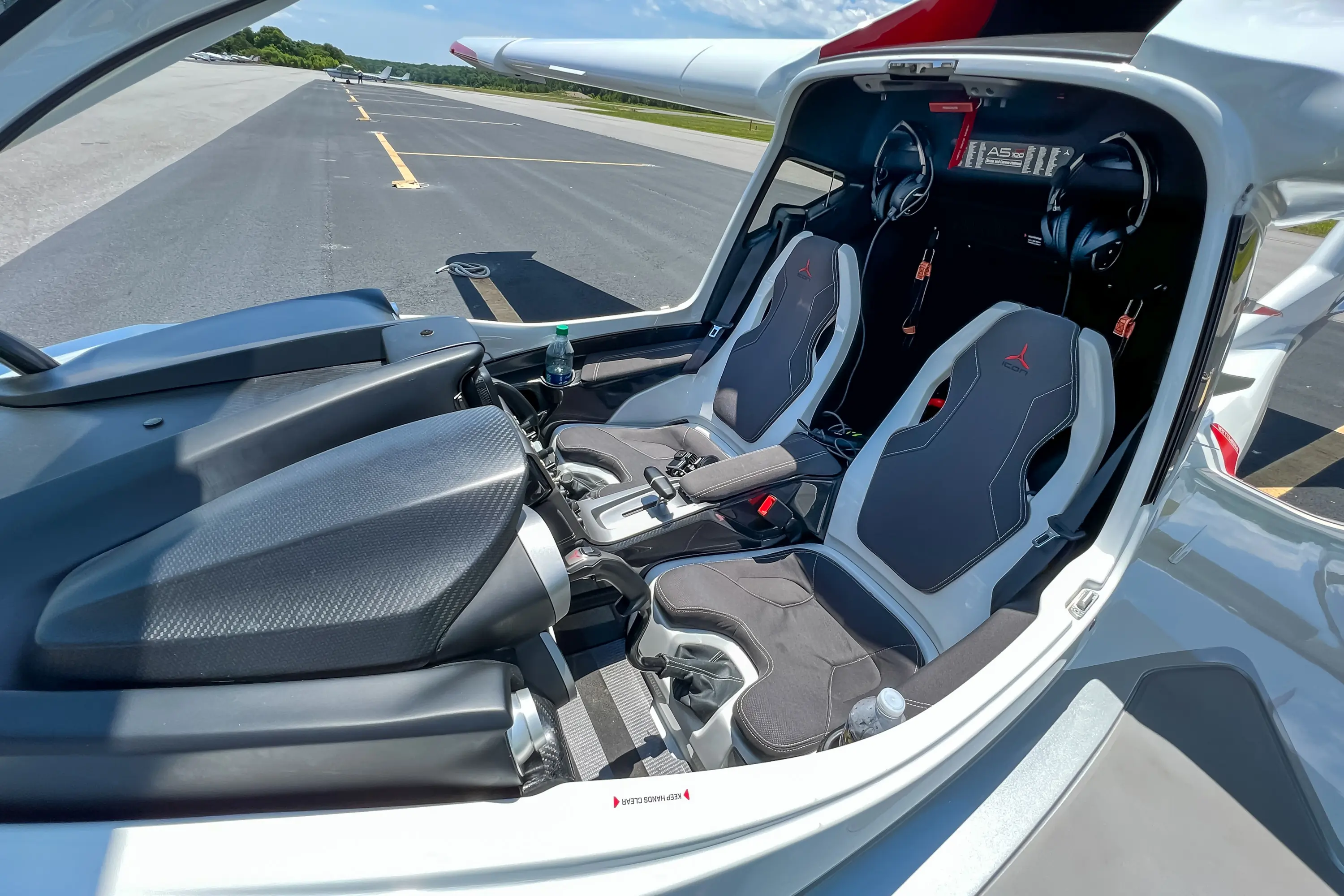
Experiencing the A5
I sat left seat in the Icon A5 as my instructor sat to my right. He ran me through the startup procedure, a short checklist, and then he took the controls for a quick taxi and takeoff from the tiny Willamsburg-Jamestown Airport. Once airborne and cruising at about 500 feet off the deck, he told me to take the controls.
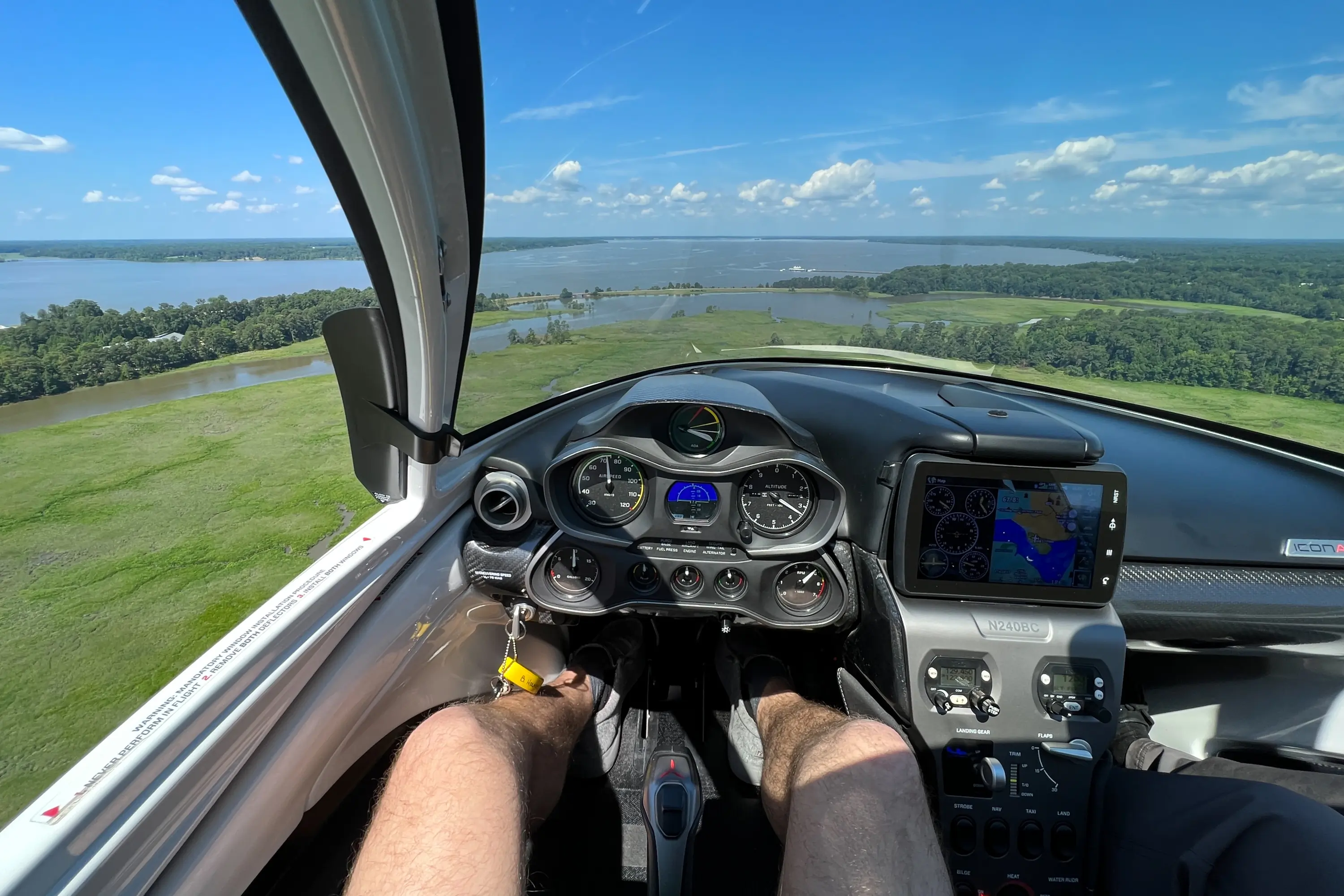



A control stick between my legs, a rudder pedal for each foot, and a central throttle lever are all that I had to juggle. Within a minute or two, I was familiar and relatively comfortable with the controls.
This was my very first time at the controls of an aircraft, and it was amazingly intuitive. Inputs were responsive, but not overly so. The interior was designed by a luxury car designer, which translates to a familiar space — even with never having been at the controls of a plane before.
We had the side windows out, which was great for circulating air on this hot summer day and perfect for photography. The Icon A5 has heat but does not have air conditioning. The massive glass cockpit offered expansive views that just aren’t on offer in many other aircraft.
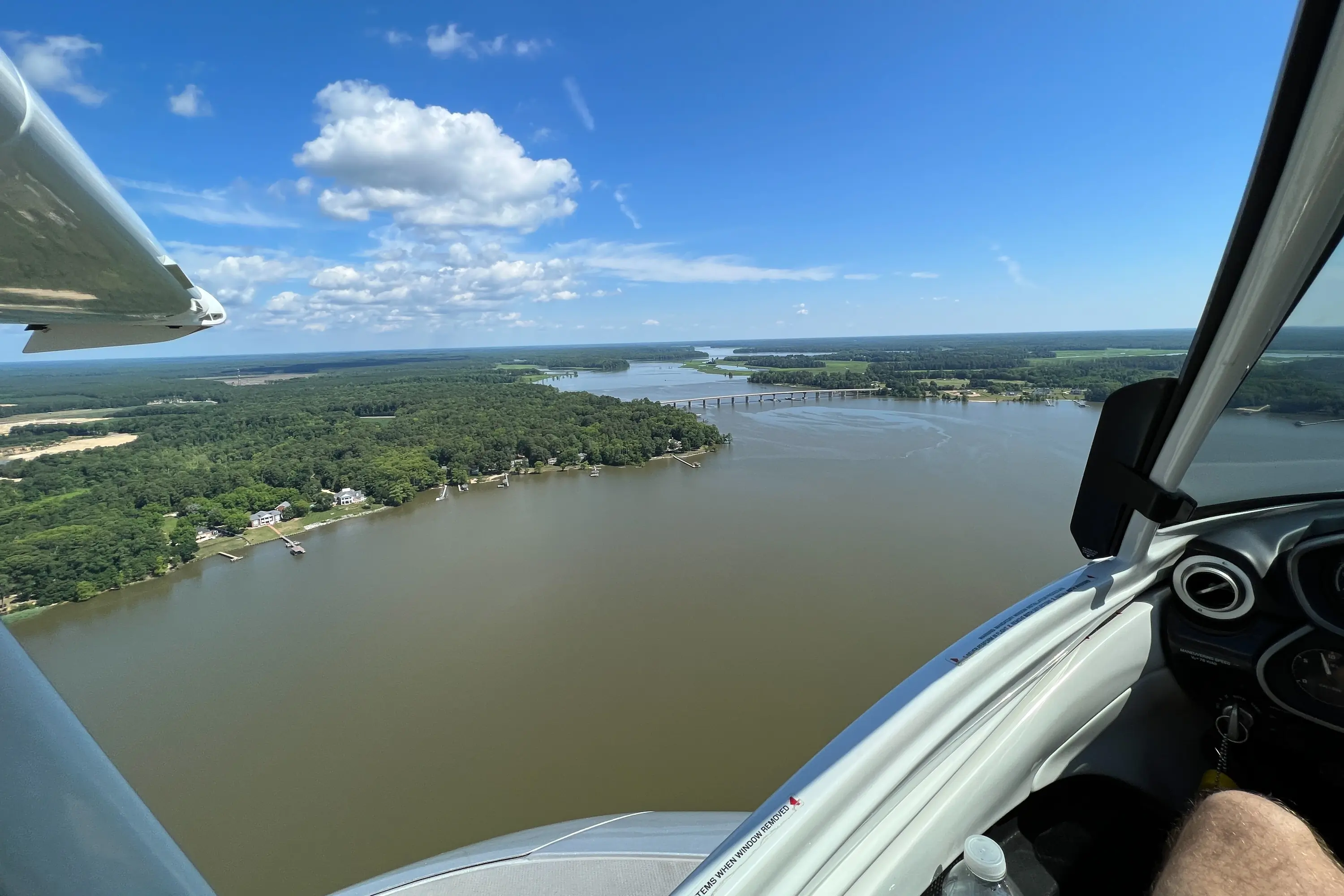



First-Time Pilot Lands & Takes Off on Water
We picked a spot on a small waterway by a public boat ramp, and the instructor took the controls and smoothly landed on the water. We were now putting around in a boat, which even has a retractable rudder. What blew my mind was that we then dropped the landing gear while floating in the water and then drove up a boat ramp and out of the water. How cool is that?!
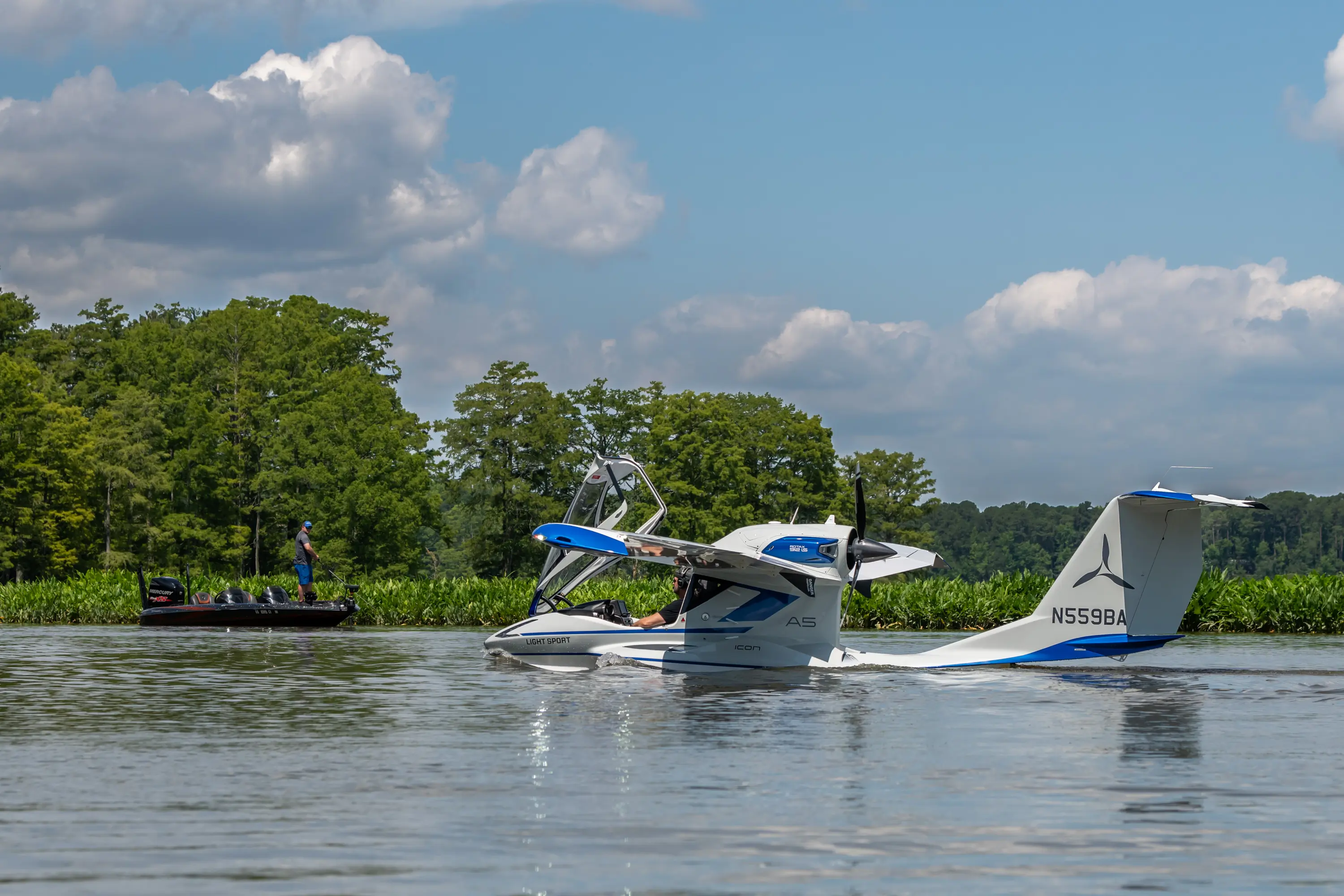



After rolling back down the ramp, waving goodbye to the stunned local fishermen, retracting the landing gear, and taking off, I was given the controls again. We found a good spot in open water on the mighty James River, and the instructor talked me through the landing. I then landed on the water smooth as can be with little assistance.
The angle of attack gauge — and other basic gauges — make it super easy to fly, land, and take off with complete comfort. This is even true when depth perception is skewed when landing on glassy water.
I was then able to take off from the water, land and take off again, taxi on the water, and fly around a bit more at a variety of altitudes, checking out the scenery. We even floated up to a sand bar, opened the canopy, and hopped out. The views and experiences you can get from this plane are truly spectacular.
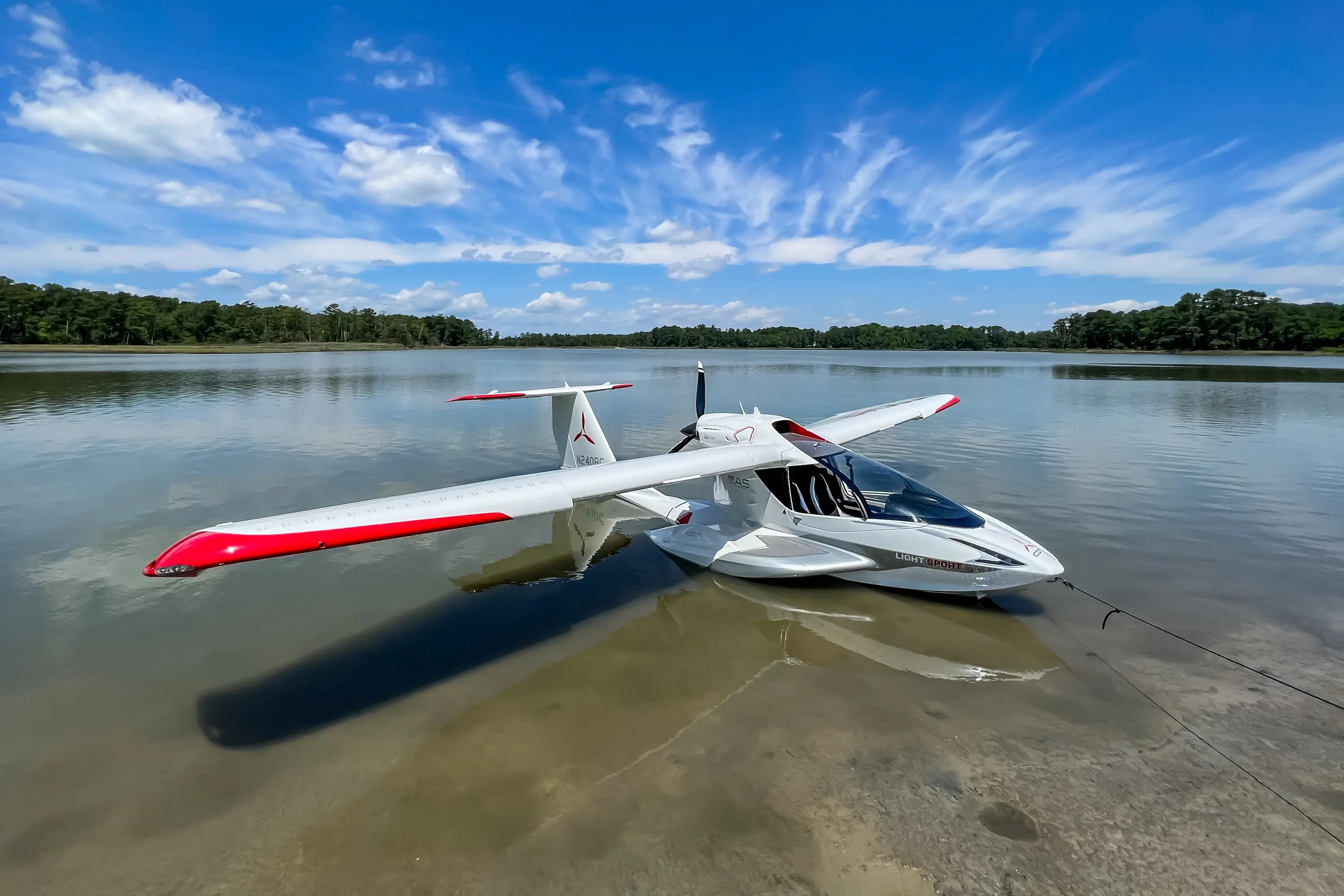



The instructor landed us back at the airport to finish off the day. While it didn’t look hard, I was happy to not have the pressure of landing on three tiny wheels on the pavement during my first pilot experience.
Icon A5 Review
Look, I’m not a pilot or aircraft expert, but I do review gear for a living and get to play with some pretty awesome and expensive toys — like $300,000 wakeboats and $500,000 SUVs. After a few hours of experiencing the Icon A5, I’m much more interested in general aviation and becoming a pilot. It’s a machine that removes a lot of barriers to entry.
You only need to get a Sport Pilot License to fly the A5. This is because the plane is categorized as a Light Sport Aircraft. This means you have to put in about half the hours you would to get a traditional pilot’s license, which greatly reduces the cost of training. This usually takes 2-3 months for most people.
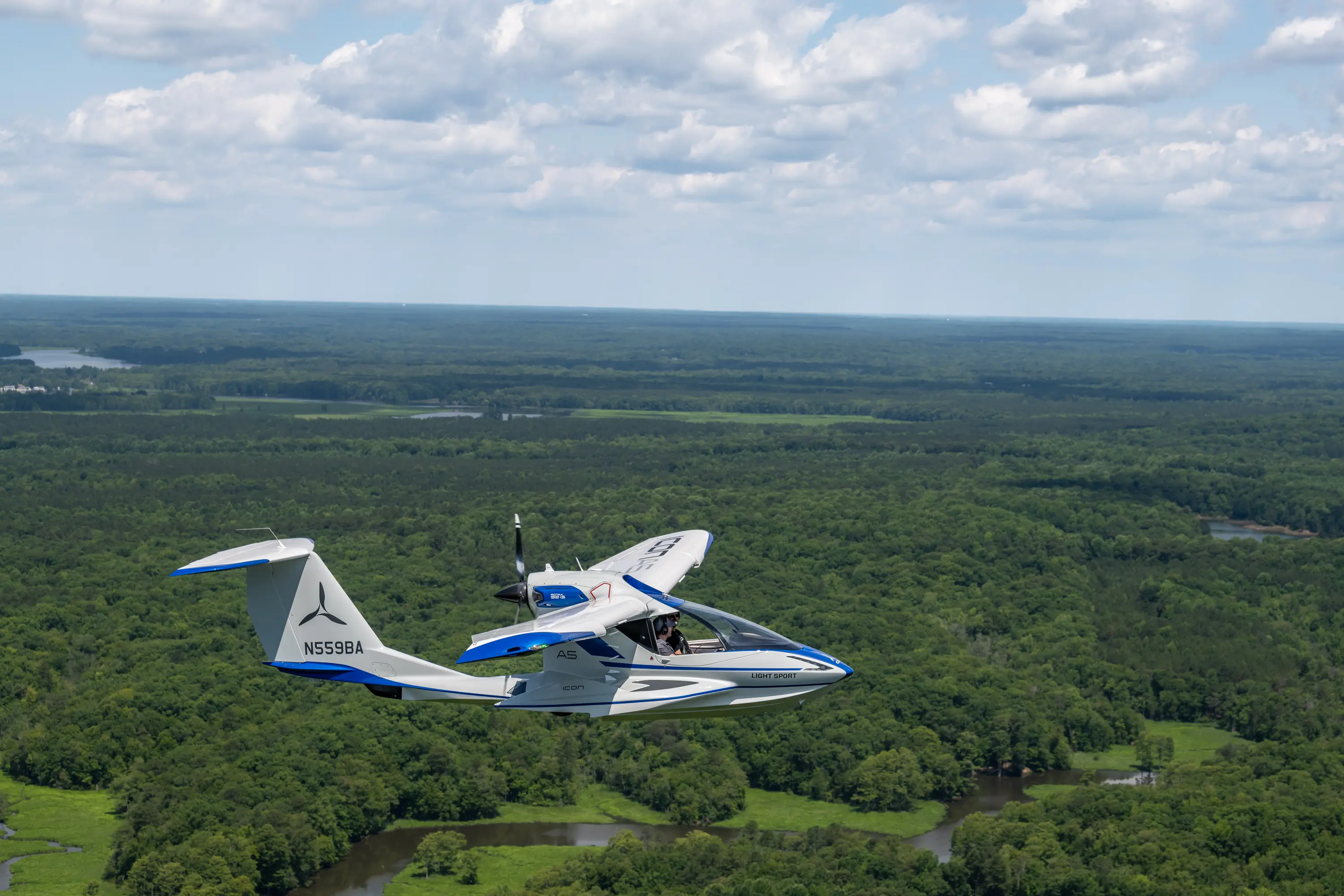



Safe, Easy Flying
A big concern for me, and I’m sure many others, is safety. Flying through the air, and especially the landing and taking off parts, can be daunting for first-timers. Luckily, the A5 was built to make flight easy and safe. Some top-level features that focus on safety include a spin-resistant airframe, an aircraft parachute, an angle of attack gauge, an auto-level button, Smart Glide, and even an optional autopilot.
You also never have to land or take off with a crosswind, at least when on the water. The A5 can also handle about a foot of chop on the water, which is a sizeable sea state for such a small craft. Oh, it also only needs less than 900 feet to take off and land, on land or water.
Most planes have a massive dash full of gauges and switches. This can be intimidating and offers little visibility out of the aircraft. The Icon A5, on the other hand, has super-intuitive controls, a small dash with just the essentials that are clearly labeled, and a massive cockpit canopy that offers big 180-degree views. Even the side windows can be removed for more airflow and unobstructed views — perfect for photography.
While most planes have a yoke, the A5 has a simple center stick. I found it super-intuitive to use and less imposing and in the way than a traditional yoke. The seats are rigid and not adjustable. I thought my busted-up back might not like such a sport seat, but I was impressed with how comfortable they are. The adjustable rudder pedal assembly does slide to accommodate a wide range of people.
Storage & Cargo
The plane is also super easy to store and transport. The wings fold. You can put it in a trailer, in your home garage, or in the corner of a hangar. It can also be kept at a dock with an optional inflatable floating dock system.
The big drawback of the A5 is that it only seats two people and has very minimal cargo capacity. It is also very lightweight, which means it can be tossed around a bit in turbulence. I found it super-controllable in those conditions, however.
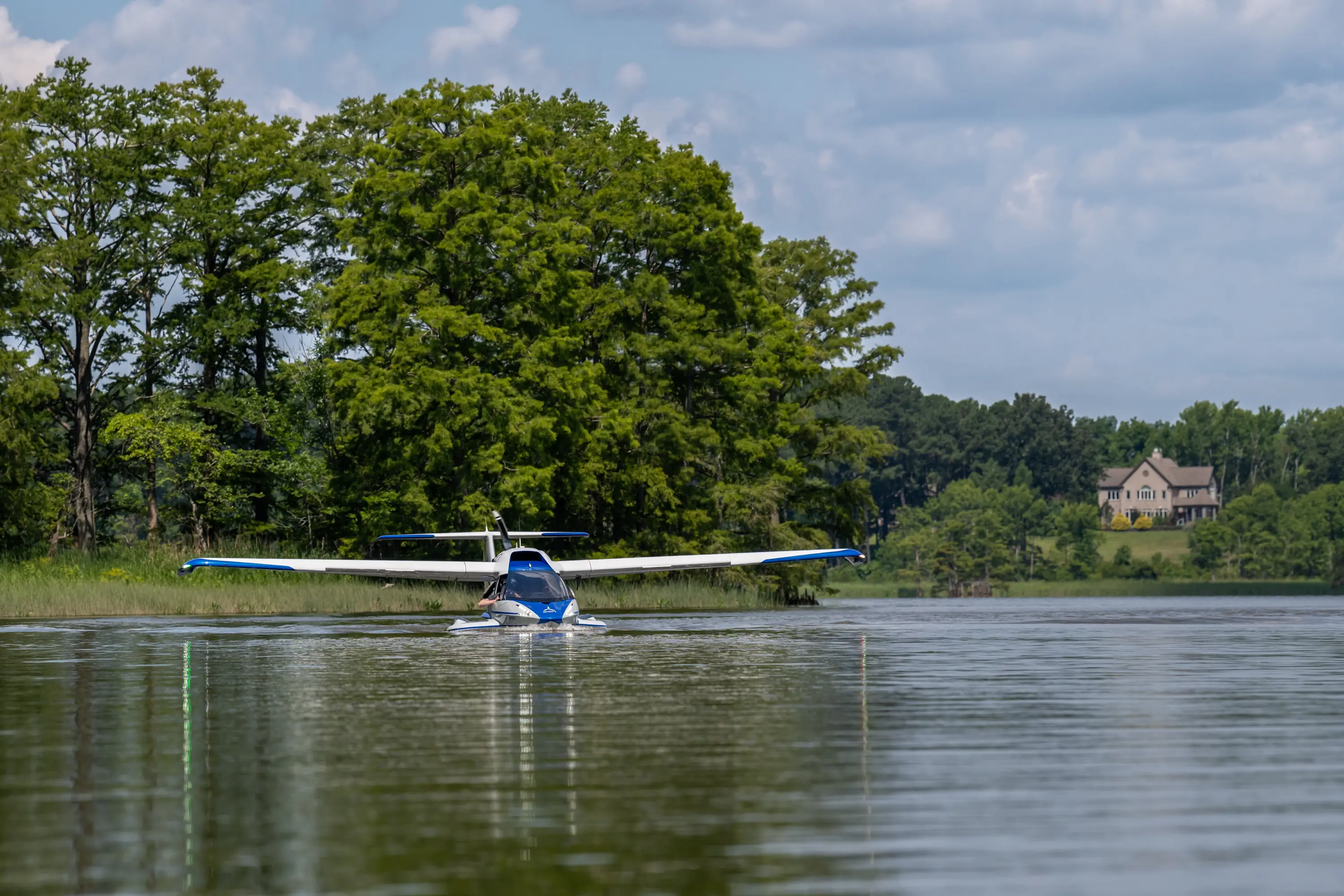



Flying Low & Slow
The Icon A5 is designed to cruise at about 85 mph, which is quite slow for an airplane. It uses a 100-horsepower Rotax engine that is super-efficient on fuel, burning about 4 gallons an hour. With a 20-gallon tank, that equates to just over a 400-mile range, or about 4 hours of flight time.
Generally, you are flying in the range of 500 to 1,000 feet above ground. At this altitude, you have great visibility over the world around you while also staying out of the flight patterns of most other aircraft. You do have to contend with birds, helicopters, and possibly drones, however. If you’re trying to get long distances with the A5, a normal cruising altitude is around 6,500 feet.
Two basic avionics packages are on offer, both based on Garmin systems. Icon recently started offering a package with an autopilot, which now has an 80% take rate.
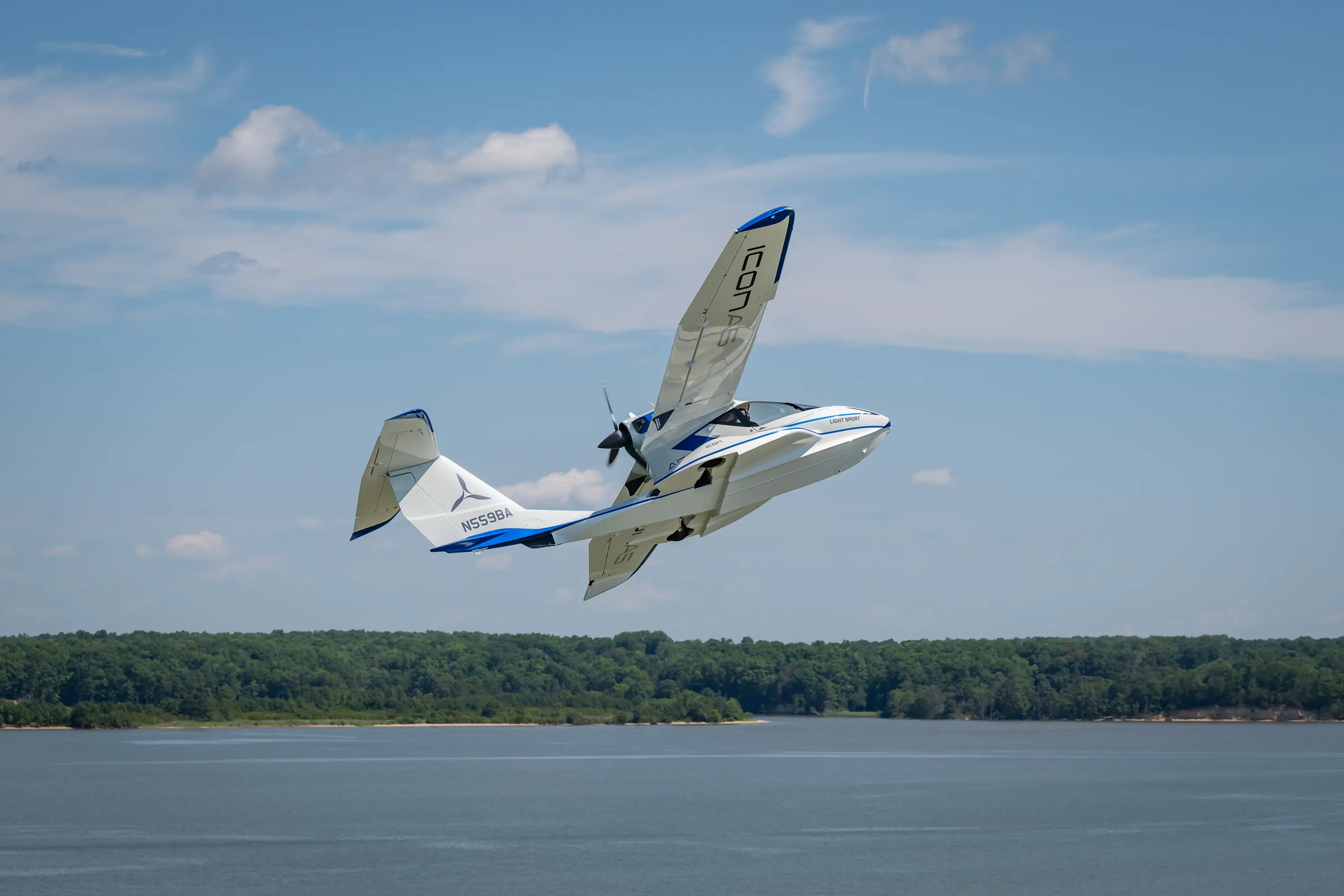



Icon A5 Pricing & Availability
While the Icon A5 isn’t exactly cheap, it is inexpensive when compared to other new plane options on the market, both for upfront costs and maintenance. The A5 starts at about $400,000 and can be optioned up to nearly $440,000. The plane is generally financed with 25% down and a 20-year loan at 5-6% interest.
The A5 takes about a week to fully build out at Icon’s two facilities. Current wait times are 3-6 months once you’ve secured a build spot.
The plane holds 20 gallons of fuel and burns about 4 gallons per hour. A key selling point is that it can run on 91 octane from your local gas pump just as easily as 100 low-lead aviation fuel. You can also alternate the two fuel types as much as you want with no issues. At current gas prices, that works out to a bit more than $20 per hour in fuel costs.
Every 100 flight hours — which is about a year for most owners — the plane will need an inspection, which takes about 30 hours of labor and costs about $4,000. With some rough calculations and info from Icon, I calculated that it will run you about $33,000 a year to operate an A5 — or $330 an hour. That calculation includes insurance, hangar space, regular maintenance, and fuel, but not the purchase price of the plane.
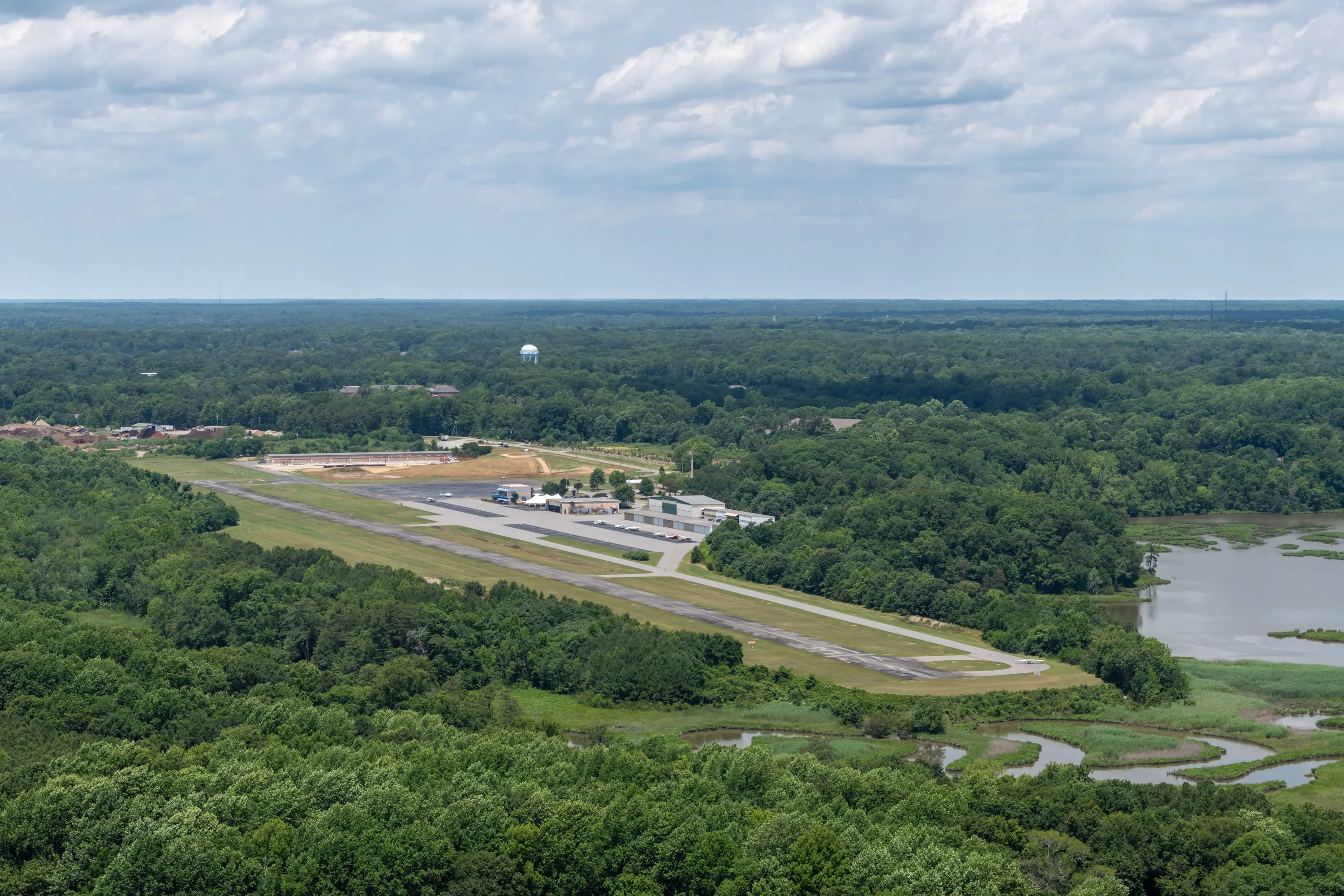



Icon Flight Resources
The best way to experience the Icon A5 yourself is to schedule a 1-hour demo flight. This can be arranged for your location, you can travel to an Icon flight center, or you can connect with the company at one of the events it attends each year, like EAA AirVenture Oshkosh, held each late July in Wisconsin.
Icon also offers three books for training and inspiration: “40 Hours to Flight Training,” “Iconic Destinations,” and “The Amphibious Flying Handbook.”
Maybe the best resource to get hooked on flying an Icon A5 — second to getting up in the air in one yourself — is the company’s impressive YouTube channel.
